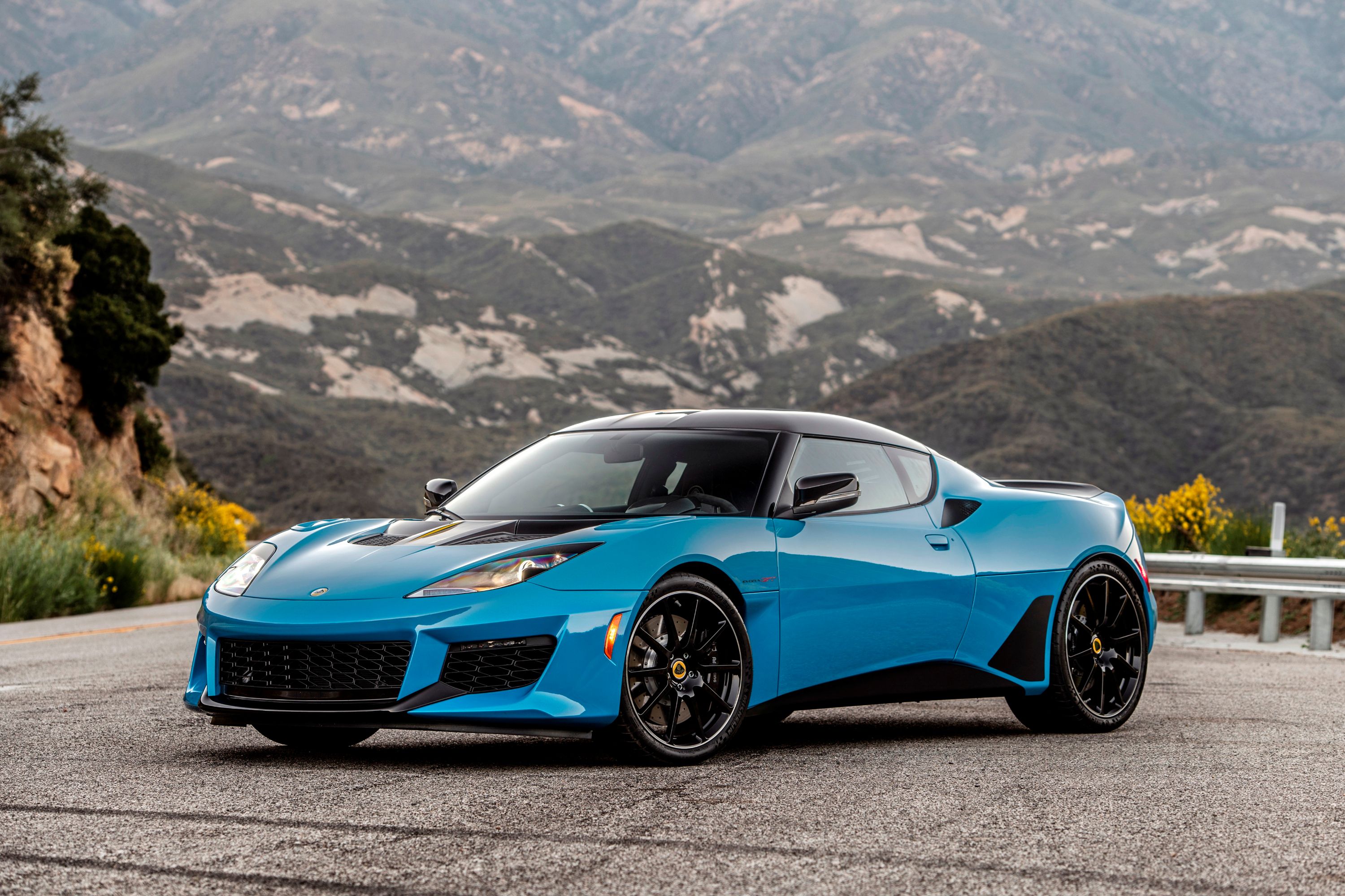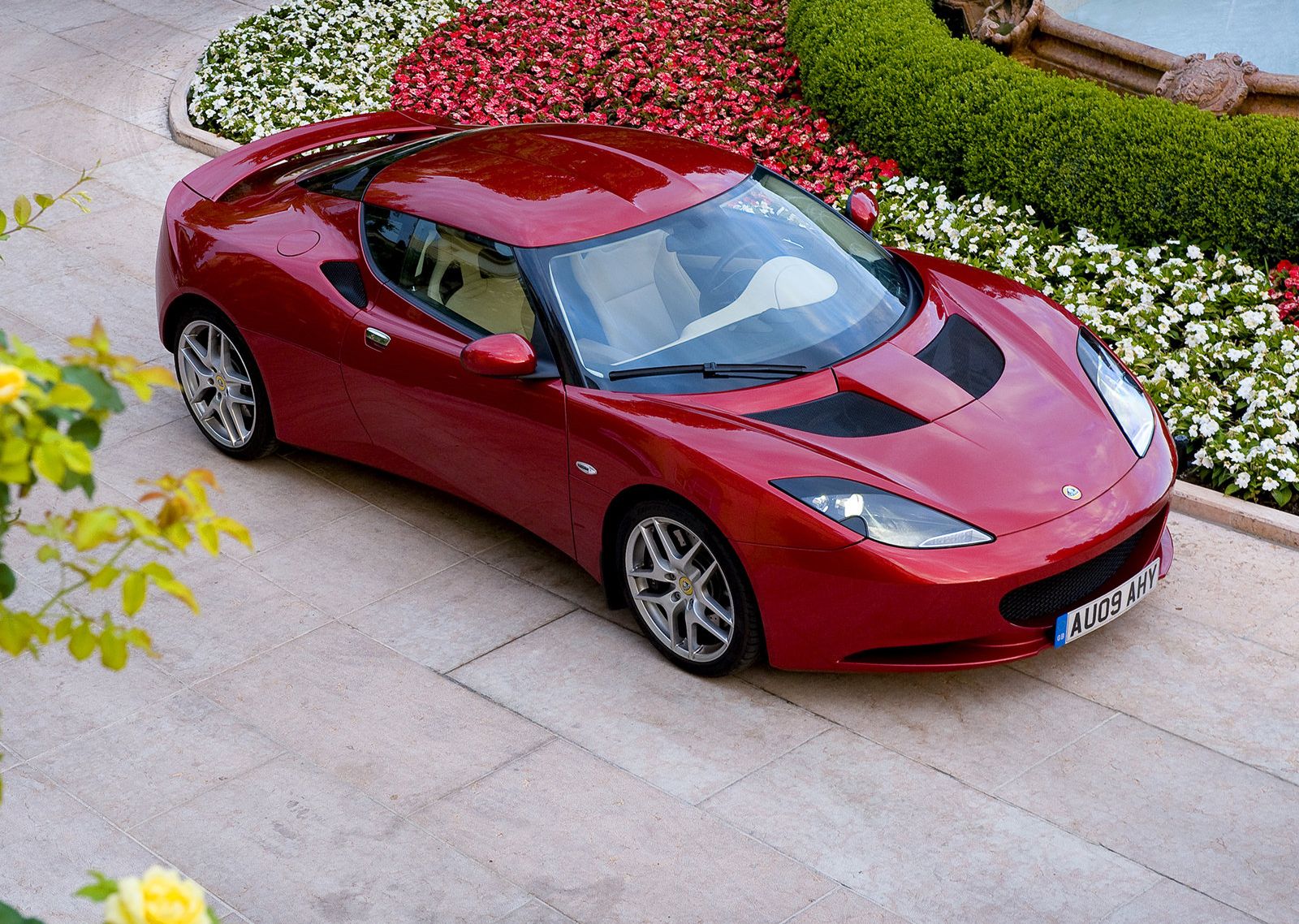
Due to stringent crash and safety regulations, Lotus currently only sells one model in the United States, the Evora. The latest 2020 Lotus Evora GT is a modern Porsche Cayman rival but in many ways, it isn't drastically different than the Evora that debuted back in 2009. Today, early examples can be purchased for less than half the price of a new one. Since it is powered by a Toyota drivetrain, the Evora is more reliable than many European sports cars and should be on your radar if you're shopping for a fun weekend car or track toy.
Why You Should Buy One
Colin Chapman founded Lotus on the principle of "simplify and add lightness." While the Evora was heavier and more powerful than models that preceded it, it is still incredibly light and nimble by modern standards. The Evora was also the first model to be based on an all-new platform from Lotus since the original Elise back in 1995. It isn't easy to keep a sports car relevant after more than a decade on sale but as new sports cars continue to adopt dual-clutch transmissions, turbocharging, hybridization, and advanced traction control, the Evora should stand out as an old-school option for traditional enthusiasts.
The Price
The current Evora GT goes on sale at $96,950, making it a direct rival to the Porsche 718 Cayman GT4. If you are willing to take an early example of the original Evora with around 30,000 to 40,000 miles, prices begin in the mid-$30,000 range. If you can afford it, we do recommend upgrading to an Evora S, which can be found ranging from around $45,000 to $55,000 depending on mileage. More recent models like the Evora 400 can be found starting in the low-$60,000 range, meaning they are significantly more expensive than base and S models.
The Performance
The original Evora debuted using a tuned version of the Toyota Camry's 3.5-liter V6 engine producing 276 horsepower and 258 lb-ft of torque. This might not sound like enough power but with just over 3,000 pounds to haul around, the car could reach 60 mph from a standstill in just 4.8 seconds. The Evora S received a massive power bump with the help of a supercharger. This increased the Camry engine's output to 345 hp and 296 lb-ft of torque, subsequently dropping the 0-60 mph time to 4.4 seconds.
The Interior
Compared to a BMW or Porsche, the Evora's cabin feels quite basic. Lotus isn't in the business of building luxury cars, so the Evora's interior was kept simple and functional. A basic touchscreen handles radio and infotainment duties while the rest of the cabin remains free of clutter with very few buttons and switches. You get two racing seats, a manual gear lever, and some leather. Crucially, that's all you need.
The Practicality
The Evora is far from the most practical sports car available but it does offer a 5.7 cubic foot trunk behind the engine compartment for a few items. Customers could even purchase the Evora as a 2+2 with rear seats, although the rear accommodations are more suitable for a briefcase than actual human beings. A two-seater model with a rear parcel shelf was also available.
Fuel economy from the Camry-sourced V6 was actually quite frugal for a sports car. Base Evora models are rated at 20/28/23 mpg city/highway/combined with the automatic and only slightly worse with the manual. Even the supercharged Evora S could manage 17/26/20 mpg.
Verdict
The Lotus Evora is often overlooked next to the Porsche Cayman but in many ways, the Evora is the purer driver's car. Prices have now reached a point where early Evora examples are reasonably attainable and the Toyota powertrain should ensure that massive calamities are a non-issue. This is not the right car for someone who wants a modern sports car with tons of tech features but an enthusiast who wants a back-to-basics experience will love the Evora.

